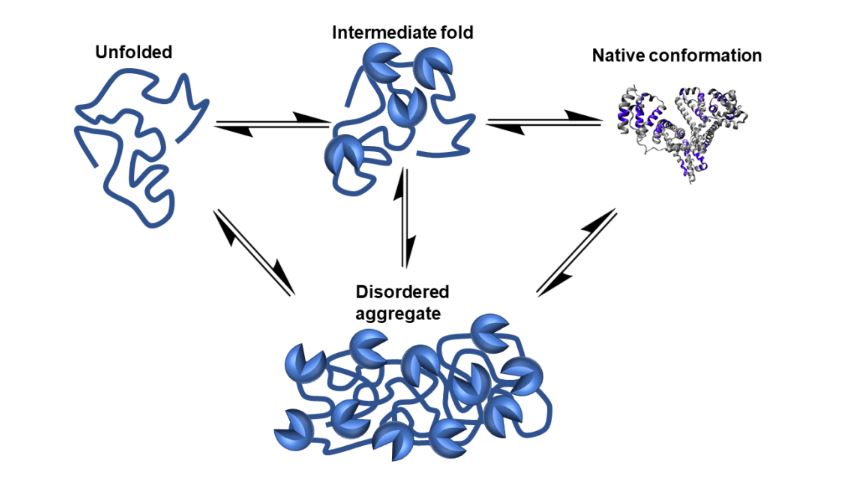Optimising excipient properties to prevent aggregation in biopharmaceutical formulations

Excipients are included within protein biotherapeutic solution formulations to improve colloidal and conformational stability, but are generally not designed for the specific purpose of preventing aggregation and improving cryoprotection in solution. In this work, we have explored the relationship between structure and anti-aggregation activity of excipients by utilising coarse-grained molecular dynamics modelling of protein excipient interaction. We have studied human serum albumin as a model protein, and report the interaction of 41 excipients (polysorbates, fatty alcohol ethoxylates, fatty acid ethoxylates, phospholipids, glucosides, amino acids, and others) in terms of the reduction of solvent accessible surface area of aggregation-prone regions, proposed as a mechanism of aggregation prevention.
Polyoxyethylene sorbitan had the greatest degree of interaction with aggregation-prone regions, decreasing the solvent accessible surface area of APRs by 20.7 nm2. Physicochemical descriptors generated by Mordred are employed to probe the structure-activity relationship using partial least squares regression. A leave-one-out cross-validated model had a root mean square error of prediction of 4.1 nm2. Generally, longer molecules with a large number of alcohol-terminated PEG units tended to interact more, with qualitatively different protein interaction, wrapping around the protein, and would have a lesser protective effect on stability. Shorter or less ethoxylated compounds tend to form hemimicellar clusters at the protein surface.
We propose that an improved design would feature many short chains of five to ten PEG units in many distinct branches and at least some hydrophobic content in the form of medium-length or greater aliphatic chains (i.e., six or more carbon atoms). The combination of molecular dynamics and quantitative modelling is an important first step in an all-purpose protein-independent model for the computer-aided design of stabilising excipients.
Download the full article as PDF here: Optimising excipient properties to prevent aggregation in biopharmaceutical formulations
or read it here

